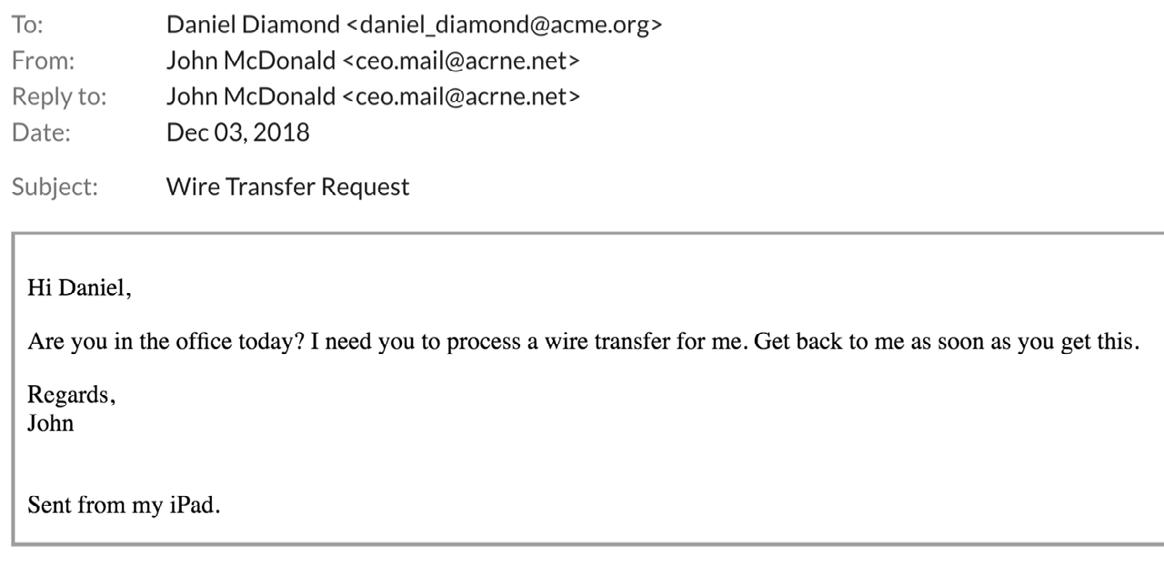
2 minute read
Blackmail
Impact of blackmail
Blackmail makes up about 7 percent of spear-phishing attacks, the same percentage as business email compromise. Employees are just as likely to be targeted in a blackmail scam as a business email compromise attack.
Advertisement
According to the FBI , the cost of extortion attacks, which includes blackmail, was more than $107 million in 2019. On average, attackers ask for a few hundred or a few thousand dollars, an amount that an individual would likely be able to pay. Due to the large volume of attacks, the small payments add up substantially for attackers.
Blackmail scams are under-reported due to the intentionally embarrassing and sensitive nature of the threats. IT teams are often unaware of these attacks because employees don’t report the emails, regardless of whether they pay the ransom.
$107M


The cost of extortion and blackmail attacks continue to increase
Strengthening email defense against blackmail
Since inbox defense can access historical emails through API s, it builds a statistical model of communication patterns, including the tone of voice used by individuals. This allows inbox defense to recognize the unusual and threatening tone of blackmail attacks, in combination with other signals, to flag it as malicious email.
While gateways can monitor for some signs of blackmail, such as the use of certain keywords, a lack of visibility into historical email data and the inability to recognize an abnormal tone of voice prevents them from protecting organizations from blackmail attacks.


Business Email Compromise

Less complex
Spam Data Exfiltration Scamming Domain Impersonation Blackmail Conversation Hijacking Account Takeover
Malware URL Phishing Spear Phishing Brand Impersonation Business Email Compromise Lateral Phishing
More complex
In BE C attacks, scammers impersonate an employee in the organization in order to defraud the company, its employees, customers, or partners. In most cases, attackers focus their efforts on employees with access to the company’s finances or personal information, tricking individuals into performing wire transfers or disclosing sensitive information. These attacks use social-engineering tactics and compromised accounts, and they often include no attachments or links.
BEC is also known as: CEO fraud, CFO fraud, employee impersonation, whaling, social engineering, and wire transfer fraud.

Example of an attack






